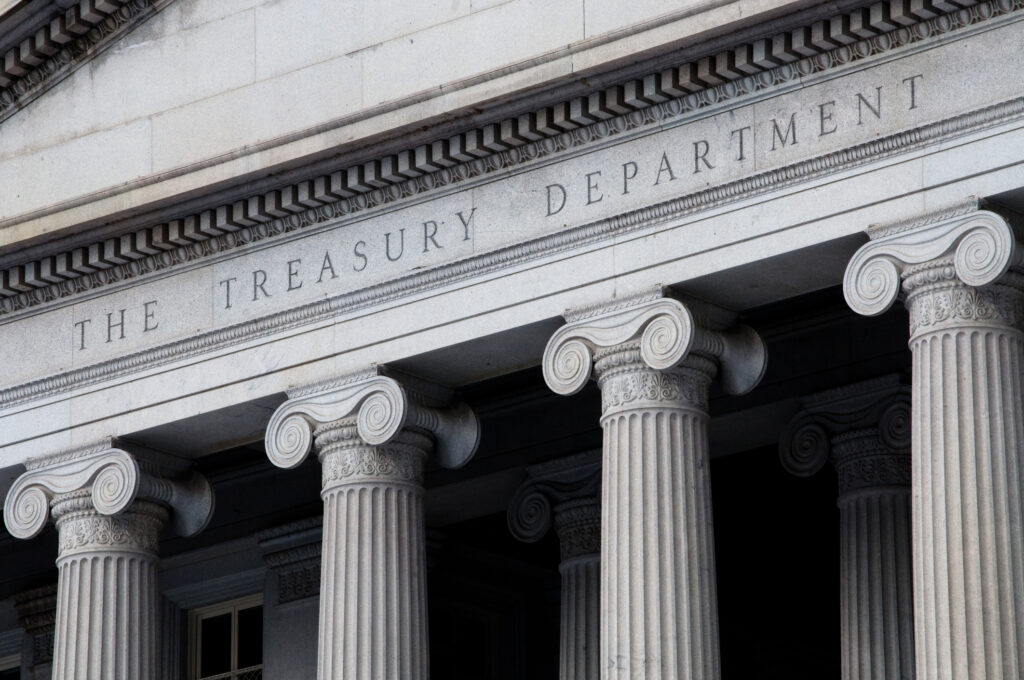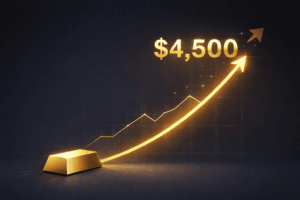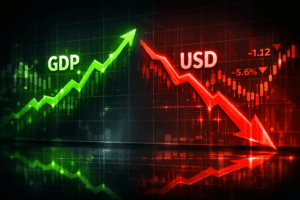A historically rare phenomenon is unsettling investors as the 10-year Treasury yield has climbed by about the same magnitude as the Federal Reserve’s recent rate cuts, something that’s happened only twice since the early 1980s. The benchmark yield has surged from 3.6% to 4.77% since mid-September, nearly matching the Fed’s full percentage point in rate cuts. This unusual movement breaks from the typical pattern where long-term rates fall during Fed easing cycles. Market experts attribute this divergence to multiple factors, including persistent inflation concerns, strong economic data, and uncertainty around President-elect Trump’s policies. The situation echoes elements of the 1981 market environment under Fed Chair Paul Volcker, raising questions about the Fed’s ability to achieve its 2% inflation target and potentially forcing a reassessment of rate cut expectations for 2025.






